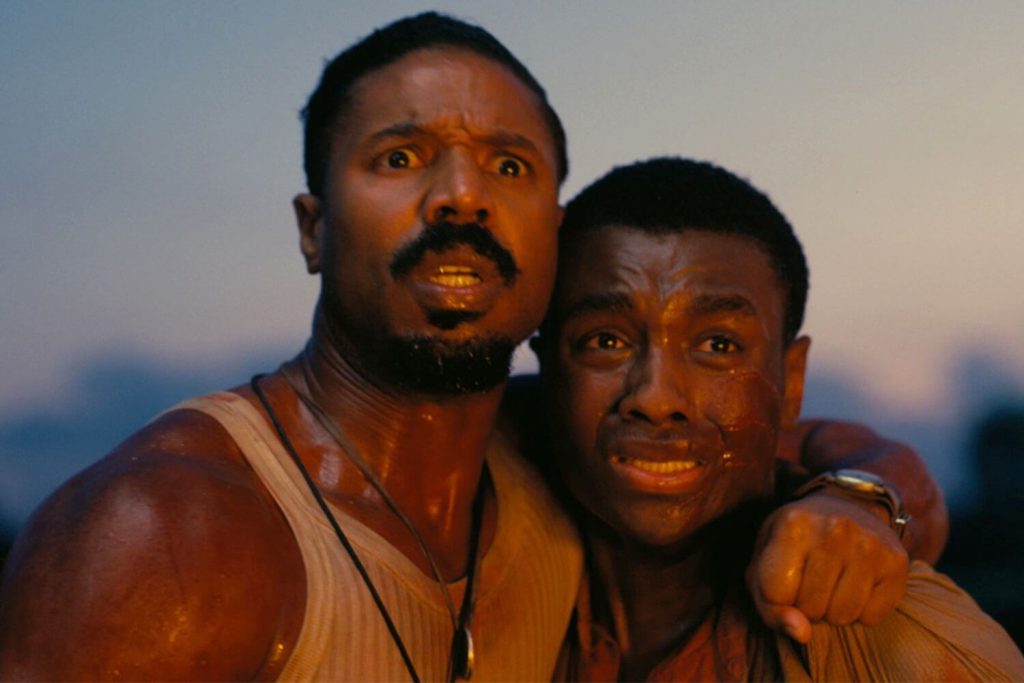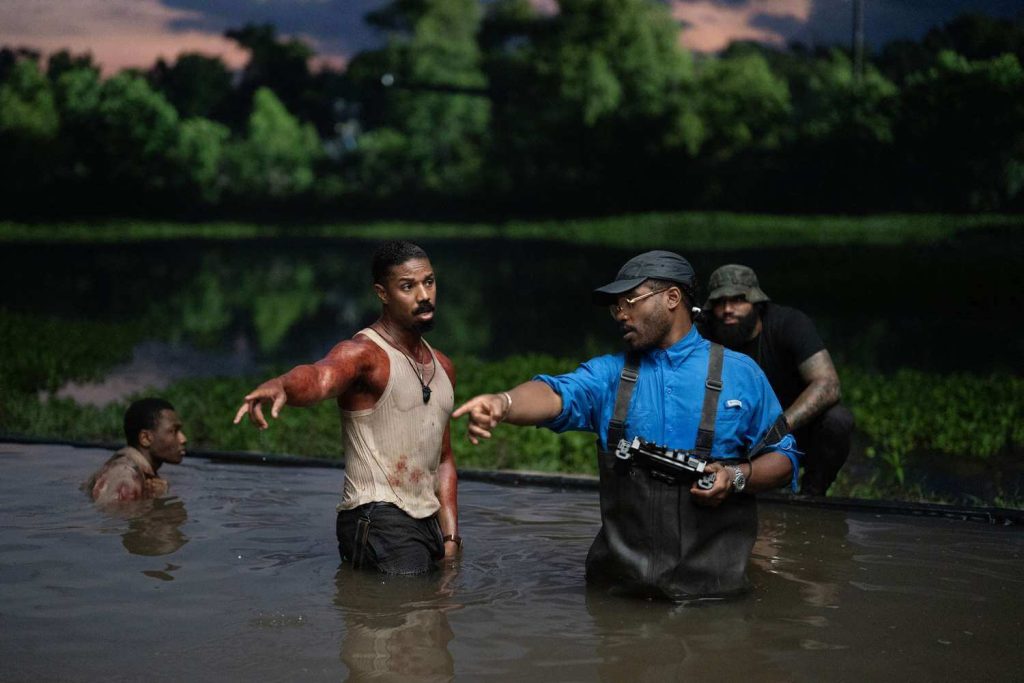World News
Sinners Post-Credits Scene: How Buddy Guy Holds the Soul of Ryan Coogler’s Vision
A Finale That Plays Long After the Screen Goes Black
Ryan Coogler’s latest cinematic triumph, Sinners, has left audiences stunned, inspired, and full of questions—particularly when it comes to its cryptic, soul-stirring post-credits scene. Known for embedding meaning into every frame, Coogler doesn’t just end Sinners with a bang, but with a moment of profound reflection that ties together the film’s themes of redemption, heritage, and artistic legacy. The scene? A quietly electrifying encounter featuring none other than blues legend Buddy Guy.
At first glance, the post-credits moment feels deceptively simple: a man sitting in a dimly lit club, guitar in hand, strumming a tune that aches with emotion. But the context, the character, and the significance behind the scene ripple far beyond its few minutes. It’s not just an epilogue—it’s the key to understanding Sinners in its entirety, elevating a gritty urban drama into a meditative tale on culture, pain, and musical salvation.

Buddy Guy as More Than Cameo—He’s the Film’s Conscience
While post-credit scenes are often flashy setups for sequels, Coogler takes a different route by inserting Buddy Guy as a spiritual figure—the embodiment of a blues tradition that has long carried the weight of generational trauma and personal rebirth. In Sinners, music is more than backdrop; it’s the film’s soul. And who better to deliver that soul than Buddy Guy, a real-life icon who turned his own struggles into a musical testimony?
Guy’s presence isn’t just a celebrity cameo—it’s symbolic. His soft-spoken manner, aged hands, and deeply expressive guitar playing speak volumes without a word of dialogue. He becomes a living metaphor for the protagonist’s internal journey, a reminder of the legacy left behind by those who’ve walked through fire and emerged with a song. His rendition of a blues standard in that final scene becomes the narrative’s emotional summation—a quiet confession and benediction all at once.
Music as Memory: Unlocking the Film’s Hidden Narrative
*Sinners* weaves its plot around crime, justice, and fractured family ties, but its emotional thread is sewn with melody. Throughout the film, the protagonist—played with quiet intensity by the breakout star—grapples with the sins of the past, both inherited and committed. While his journey is marked by violence and betrayal, music constantly whispers of something deeper: memory, grace, and the possibility of healing.
The post-credits scene doesn’t just resolve the character arc—it reframes it. As Buddy Guy plays, flashbacks from earlier scenes take on new meaning, seen now through the lens of forgiveness and cultural survival. The blues is not just music here; it’s memory encoded in rhythm. Coogler uses it to suggest that some truths are too deep for words, too enduring for punishment. They must be sung, grieved, and passed on.

A Director’s Note Without Saying a Word
Ryan Coogler has never shied away from political or emotional commentary, and Sinners is no exception. From Fruitvale Station to Black Panther, his films tackle systemic injustice, identity, and legacy with surgical precision. But with this post-credits scene, Coogler does something subtler—he offers a moment of stillness. Of reverence. It’s a gift to the audience, asking them not to react, but to reflect.
By placing Buddy Guy at the emotional core of Sinners, Coogler builds a bridge between cinema and cultural ancestry. He acknowledges that stories of struggle—especially Black stories—are not just plotlines but continuations of oral and musical traditions. This final scene is a director’s note composed not in voiceover, but in chord progressions and glances. It’s Coogler telling us that redemption isn’t cinematic—it’s generational.
Why the Post-Credits Scene Is the Film’s Heartbeat
In the end, the post-credits scene of Sinners doesn’t set up a sequel—it completes the circle. It brings the emotional resonance of the film full circle, reminding audiences that while the characters may be fictional, the struggles they embody are real, historical, and deeply embedded in culture. Buddy Guy’s performance becomes a benediction, a soft, painful closing note that echoes long after the final chord.
This scene is not about tying loose ends—it’s about opening emotional doors. It invites us to revisit the entire film, now recontextualized by music’s healing power. Coogler’s decision to end with this moment shows the maturity of a director who knows that not every story needs resolution—but every soul needs release. And in Sinners, that release comes not through vengeance or victory, but through the voice of the blues.
From thedragonfashion

